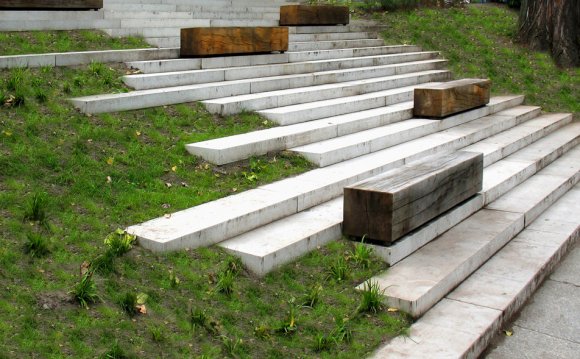
Since its founding in 1900, it has played a singular role in the development of landscape architecture as a profession, an academic discipline, and as a medium of design that engages urbanism, environmentalism, and culture. Its mission is to advance research and innovative design practices in the natural and built environments, as they intersect with processes of urbanization. Candidates in the Master in Landscape Architecture (MLA) Program work with an internationally recognized faculty, and explore the multiple ways that landscapes positively contribute to the complexities of the contemporary city, to a more equitable distribution of ecological and environmental resources, and to the creation of better futures across all regions of the world.
As the challenges of the built environment rarely correspond to traditional disciplinary boundaries, coursework in the MLA Program spans the depth and breadth of the field and enjoys strong pedagogical connections to urban planning, urban design, and architecture. MLA candidates enjoy access to and engagement with the extra-Departmental assets of the Graduate School of Design including a robust calendar of lectures, exhibitions, and events attendant to current design culture across disciplines as well as the Advanced Studies Programs, the Aga Khan Program, the Joint Center for Housing Studies, and the Loeb Fellowship. MLA candidates benefit from proximity to events and discussions in cognate disciplines across campus in the history of art and architecture, ecology, engineering, environment, and the arts. The Department’s coursework and culture are leavened by a range of institutional assets and resources unique in the discipline including the Harvard Forest, the Arnold Arboretum, the Harvard Center for the Environment, and Dumbarton Oaks.
Landscape architecture today enjoys greater cultural relevance, public visibility, and potential for professional leadership than at any time in recent history. The Department has been among the most significant centers in the world for the production and dissemination of landscape knowledge. The Department aspires to be the preeminent venue for the education of landscape architects as they are increasingly called upon as design professionals uniquely capable of representing and responding to the challenges found at the intersection of design culture, urbanization and environment.















